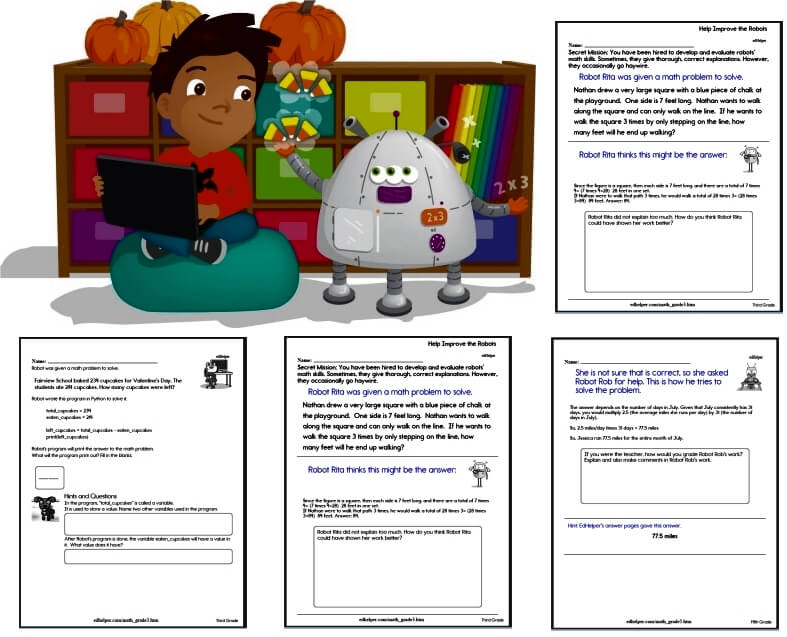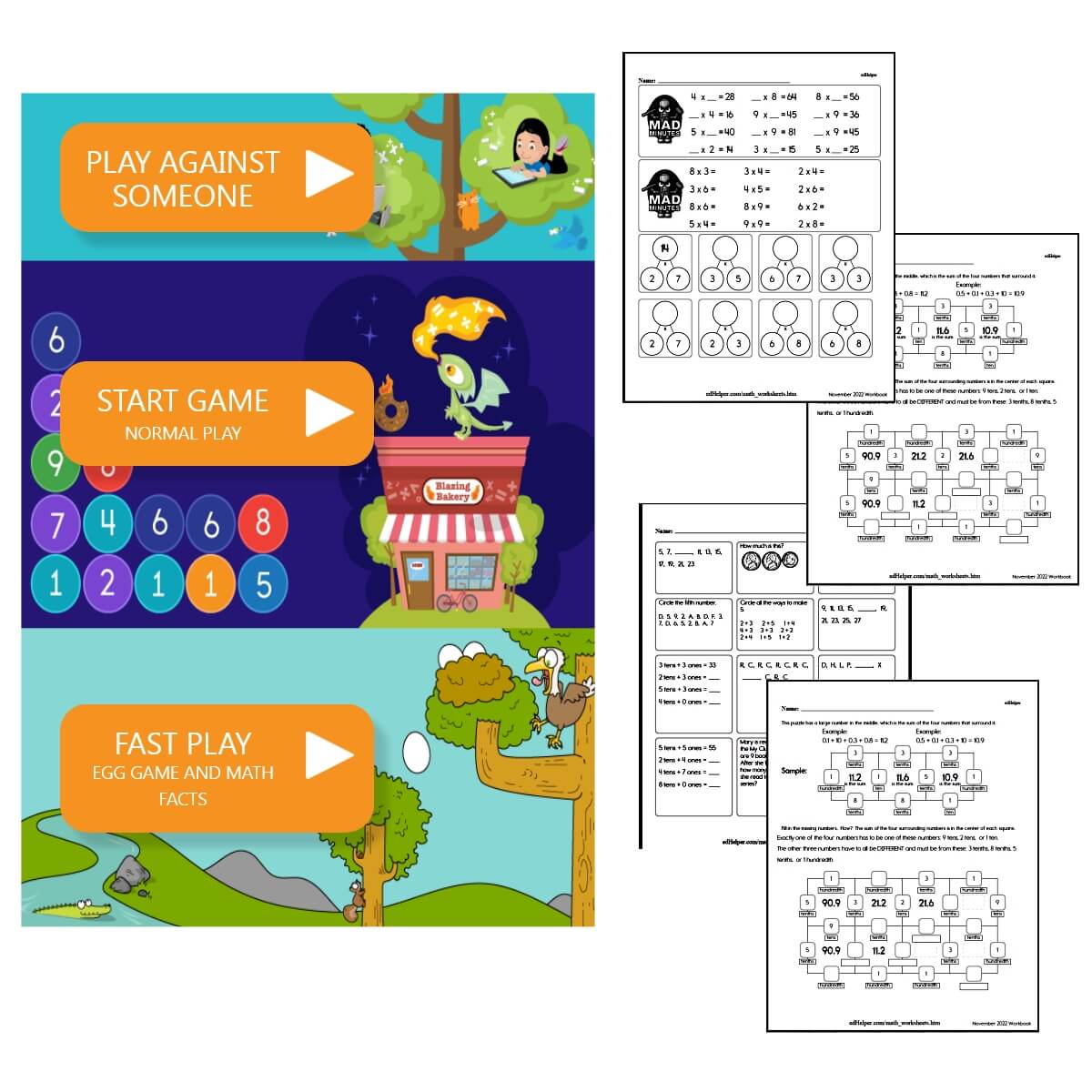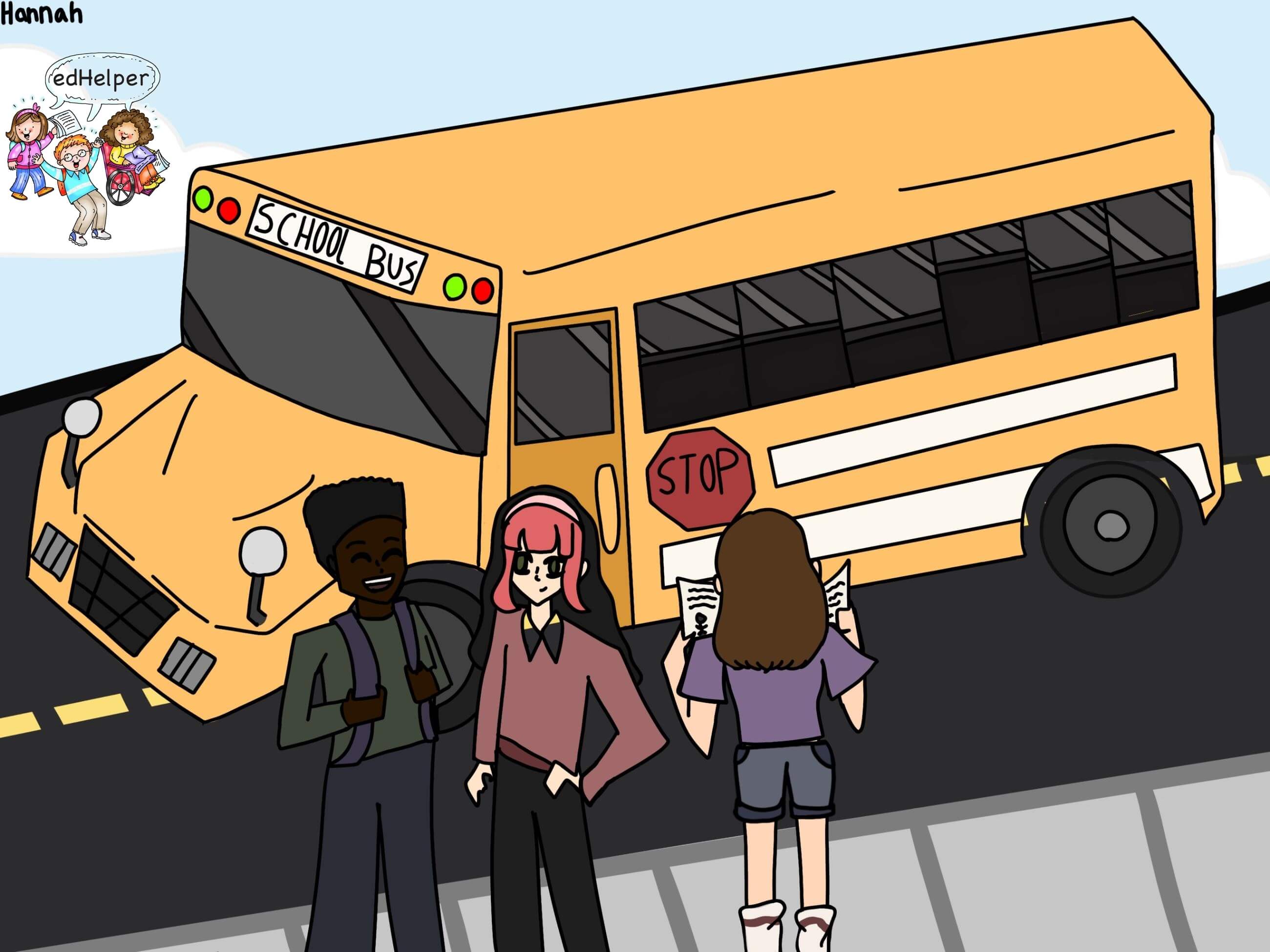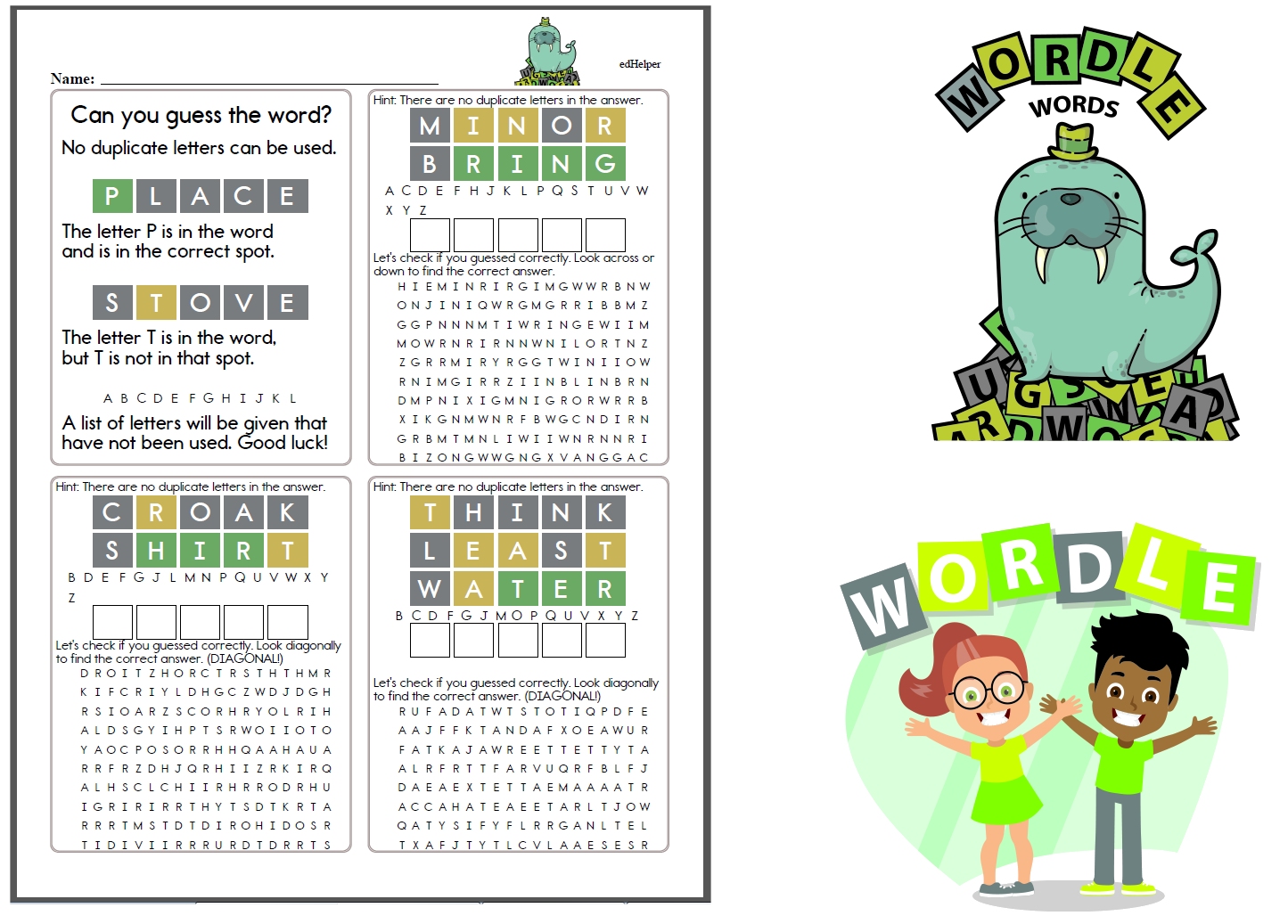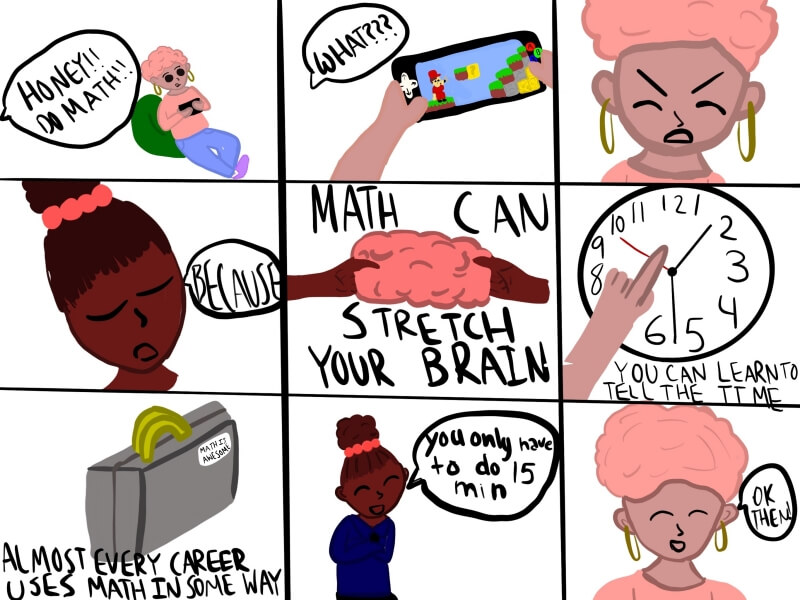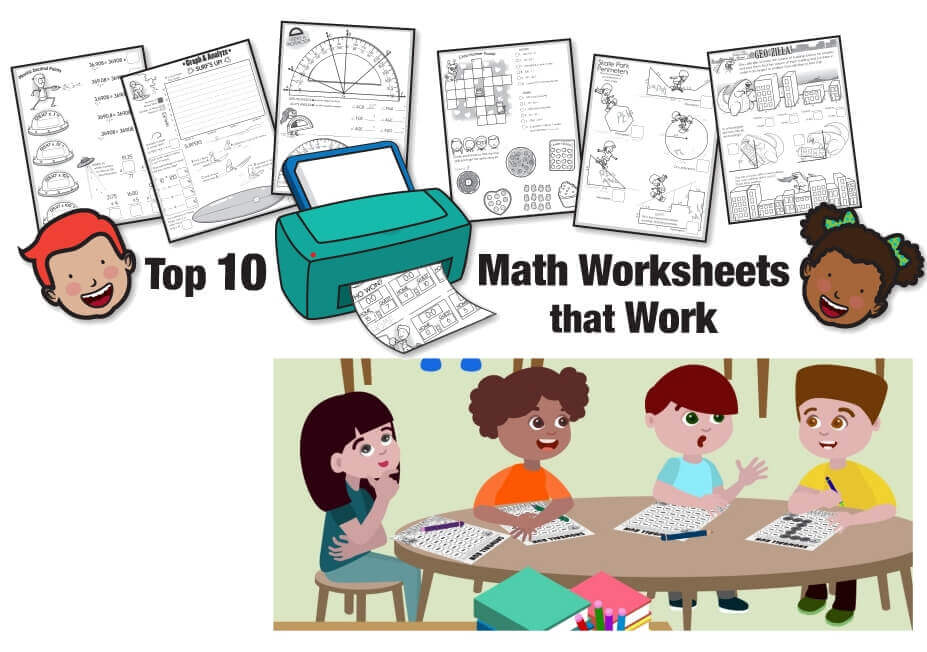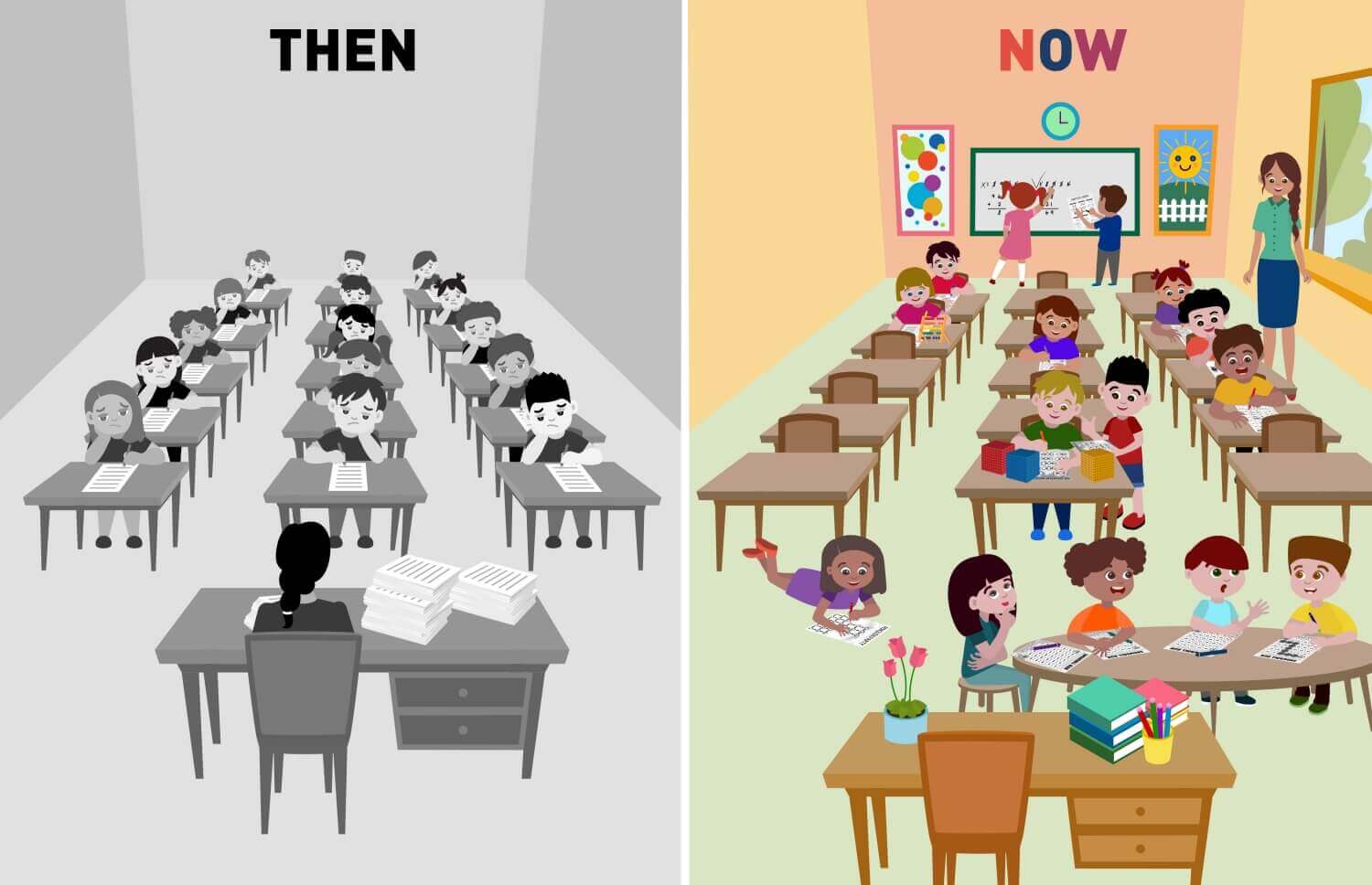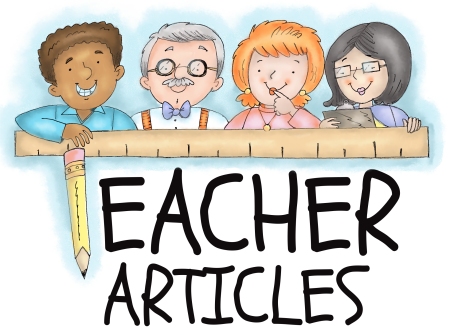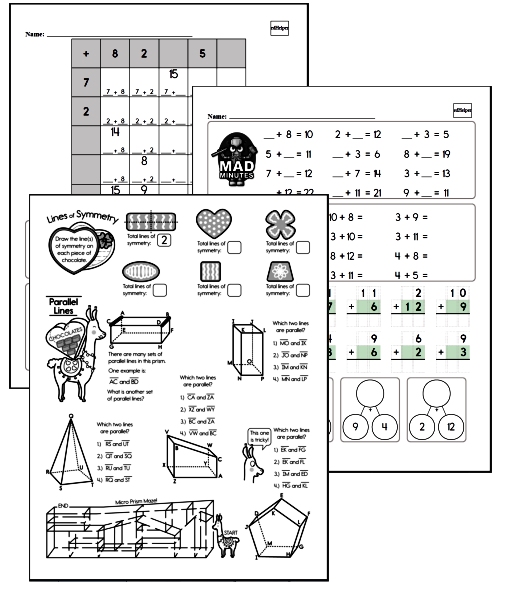Kindergarten Learning Centers - The Ultimate Collection of Tips and Resources
By: edHelper Staff
Updated: Sep 22, 2022
There's a lot to love about learning centers!
They are a great way for students to engage in activities they are interested in, which enhances the learning experience while making classroom management easier in the process.
However, if you've ever set up a kindergarten learning center before, you know that it isn't always an easy, carefree process. Just having a center isn't enough-the quality of what's offered at every work station matters. Knowing how to keep the kids engaged and on task is also important.
Whether you're searching for new center ideas, you want to make repeating centers more interesting, or you're wondering how to keep a bunch of squirrely kindergartners engaged without your direct supervision, we've got you covered.
Here is our ultimate collection of tips and resources for kindergarten learning centers.
Kindergarten Learning Center Samples

Types of Centers
There are many different kinds of centers you can create in your classroom, but before you get caught up on the subject matter, it's important to think about the type of centers you want to create.
There are three types of learning centers to choose from:
- Enrichment centers are designed to support a common unit of instruction. They expand upon a topic, enabling students to pursue the aspects of the topic that most appeal to them.
- Skill centers are used after a concept or skill is taught. Students are assigned a particular activity to practice in order to reinforce the information that was presented.
- Exploratory centers don't have to be tied to a lesson or the curriculum. They feature hands-on activities that focus on enabling students to make meaningful discoveries that match their interests.
When you focus on the goal of the center first, you'll find that it's a little easier to narrow down the types of activities you want to provide.
Here are some stations that are common in kindergarten classrooms, as well as ideas for rotating stations you may not have considered before.
Literacy/Reading Station
Kindergarten students are just beginning to learn how to read, so it's important to reduce frustration as much as possible if you want to create a reading-based station.
A few of our favorite ideas include:
- Choose multiple books for students to pick from that are at their reading level.
- Provide students with a pointing device so they can point to each word they are sounding out.
- Provide a recorded version of the books so students can follow along with the audio.
- Let students find sight words from a list in a sensory bin.
- Ask students to unscramble magnetic letters to spell words.
- Have students create illustrations that match a word or sentence.
Writing Station
By creating a writing station that's separate from your literacy station, you can help students focus on this important skill. You can also focus on choosing writing-based activities that will be interesting to your students.
Some fun ideas for a writing station include:
- Create a word wall with sight words that students can remove and take back to the table.
- Set out a wide variety of writing utensils like pencils, crayons, pens, and magnetic boards.
- Create a mini dictionary with words that students frequently ask how to spell.
- Have students create a story after looking at a picture.
- Come up with fun categories, like types of pets or desserts, so students can make lists.
- Let students pick stickers that they have to label in their sticker book.
Math Station
Math stations are common in kindergarten classrooms for a good reason. They give students a chance to work on math concepts at their own pace.
In kindergarten, it also means giving students plenty of hands-on activities to work on, like:
- Comparing number cards and putting them in order
- Using play dough to create different shapes
- Measuring the length of images or items in the classroom
- Playing fun games, depending on the unit you're currently teaching
- Practicing telling time with clocks that show the minutes
Science Station
The subject of science is great for independent work stations because this subject is naturally hands-on. The content of your science stations will depend on what you're currently learning in science class, but a few ideas include:
- Creating an observation station where students must describe the features of objects, plants, or animals
- Providing sensory bottles that are filled with different kinds of materials for students to guess
- Letting students explore different science tools, like magnifying glasses, goggles, and droppers
- Setting up a nature center where students can stack rocks or create pictures out of flower petals
- Creating a five-senses table where students label each item according to the senses it engages
Rotating Stations
The types of learning centers so far lend themselves well to enrichment and practicing skills, but it's also valuable to create exploratory centers. They enable students to explore new concepts and make discoveries about their interests, even if they aren't directly tied to the curriculum.
The best way to do that is to create stations with different themes that you can rotate in and out throughout the year. Just a few creative ideas include:
- Communication stations where students can practice reading books, writing in journals, and using pretend telephones to communicate messages
- Dramatic play stations where students can dress up according to certain themes or use props, like a store, to encourage creative play
- Sensory bins that can contain everything from dried beans, pom-pom balls, sticks, and more in dirt, water, and other mediums that encourage exploration and sorting
- Fine motor skill center with tools like tweezers, hole punchers, and eye droppers that can be used to play fun games
- Building centers that can feature blocks and Legos, as well as other creative materials like rocks, marshmallows and spaghetti, shoeboxes, and more
Tips For Success
Just because a learning center is fun and interactive doesn't necessarily mean it will automatically be successful. Behavior can be a real challenge when you set up work stations in your classroom.
Here are a few tips to keep kids engaged with center materials.
Self-Regulated Centers
One of the best things you can do when setting up learning centers in your kindergarten classroom is to allow students to regulate themselves. That means they are allowed to pick where they want to go and how long they want to be there.
This may sound like a bad idea. After all, don't all kids have to be exposed to all the centers, especially if you have a science station that enriches course material or a math station that practices skills?
Not necessarily.
First, students work at different paces. The student who enjoys practicing math skills is likely to become frustrated if the timer goes off and they have to go to another station, while a child playing store at a dramatic play station may have a meltdown because they weren't able to sell the items they wanted. By allowing students to spend as much time as they want at the stations they want, they can fully engage in the activity and see it through to its completion.
It also teaches children to self-regulate. Instead of relying on a timer and the teacher to tell them it's time to rotate to a different station, students learn when it's appropriate to move on to a different learning center on their own. This is a skill that will serve them well later in life.
Lastly, self-regulated centers are less stressful for you, the teacher, to monitor and maintain. You don't have to spend time arguing with one student who doesn't want to go to the writing center or one who refuses to leave the sensory bin station.
Remind Students of Center Goals and Expectations
Just because you set up self-regulated centers doesn't mean students won't need some redirecting from time to time. Once you have set up each station and all of the students know how each one works, you will still have to remind students of center goals and expectations.
For example, you might have to remind a student of the right way to use materials when working at the science station. You might have to encourage students to self-regulate too, especially since it's a skill they probably haven't learned yet. Just because a timer doesn't go off doesn't mean a student can spend all day, every day at the same center. You may have to encourage students to learn when it's time to move on to a new center, like when they notice one of their classmates keeps checking to see if they can join the center, but they can't because it's too full.
There's so much to learn and discover about work stations in the kindergarten classroom! Hopefully, our list has sparked your creativity and you're ready to try some new learning center ideas with your students!
Kindergarten Learning Station Ideas
Types of Learning Centers
- Enrichment centers are designed to support a common unit of instruction. They are designed to expand upon a topic, enabling students to pursue the aspects of the topic that most appeal to them.
- Skill centers are used after a concept or skill is taught. Students are assigned a particular activity to practice in order to reinforce the information that was presented.
- Exploratory centers don't have to be tied to a lesson or the curriculum. They feature hands-on activities that focus on enabling students to make meaningful discoveries that match their interests.
Literacy/Reading Station
- Choose multiple books for students to pick from that are at their reading level.
- Provide students with a pointing device so they can point to each word they are sounding out.
- Provide a recorded version of the books so students can follow along with the audio.
- Let students find sight words from a list in a sensory bin.
- Ask students to unscramble magnetic letters to spell words.
- Have students create illustrations that match a word or sentence.
Writing Station
- Create a word wall with sight words that students can remove and take back to the table.
- Set out a wide variety of writing utensils like pencils, crayons, pens, and magnetic boards.
- Create a mini dictionary of words that students frequently ask how to spell.
- Have students create a story after looking at a picture.
- Come up with fun categories, like types of pets or desserts, so students can make lists.
- Let students pick stickers that they have to label in their sticker book.
Math Station
- Compare number cards and put them in order.
- Use playdough to create different shapes.
- Measure the length of images or items in the classroom.
- Play fun games depending on the unit you're currently teaching.
- Practice telling time with clocks that show the minutes
Science Station
- In an observation station, students must describe the features of objects, plants, or animals.
- Fill sensory bottles with different kinds of materials for students to guess.
- Let students explore different science tools, like magnifying glasses, goggles, and droppers.
- Set up a nature center where students can stack rocks or create pictures out of flower petals.
- Create a five senses table where students label each item according to the senses it engages.
Rotating Stations
- Communication station where students can practice reading books, writing in journals, and using pretend telephones to communicate messages.
- Dramatic play station where students can dress up according to certain themes or use props, like a store, to encourage creative play.
- Sensory bins that can contain everything from dried beans, pom-pom balls, sticks, and more in dirt, water, and other mediums that encourage exploration and sorting
- Fine motor skill center with tools like tweezers, hole punchers, and eye droppers that can be used to play fun games.
- Building centers can feature blocks and Legos, but you can also get creative by setting out materials like rocks, marshmallows and spaghetti, shoeboxes, and more.


